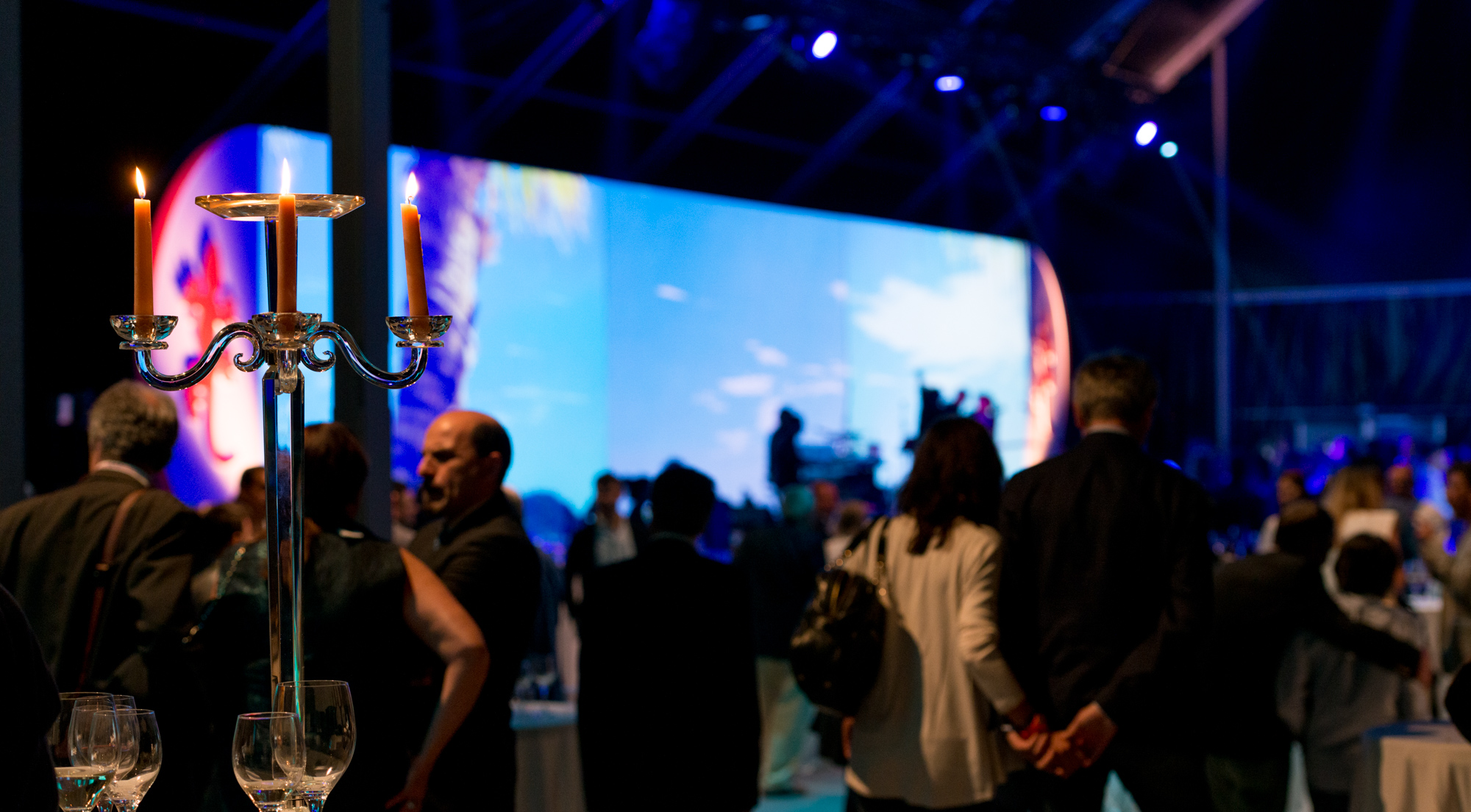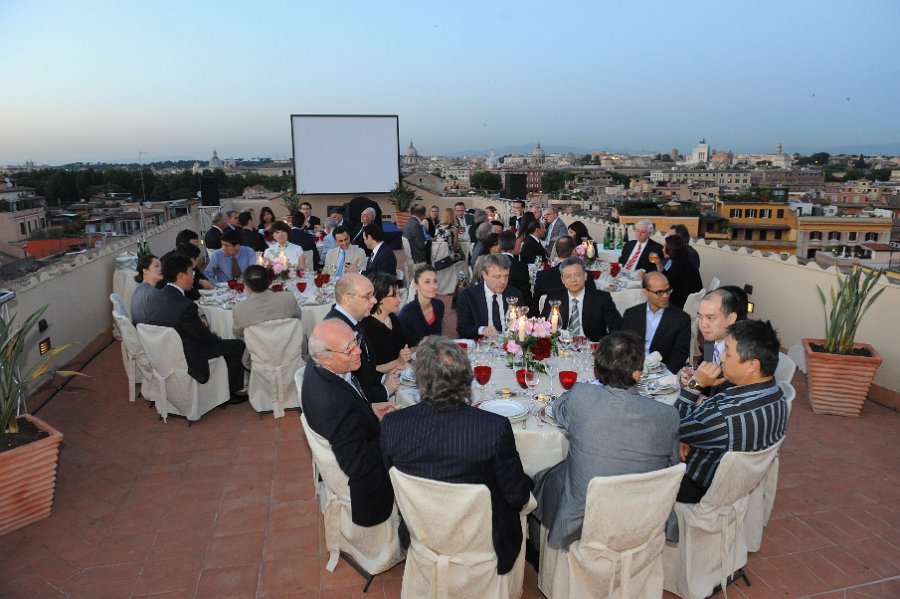When working with employees and first time leaders around the world, over half (56%) of them spend time on activity that takes lots of effort for very little result. In short, they’re wasting their time. Yet, just a few small adjustments to the way they work can make a big difference to their productivity.
Multi-tasking
Despite what many believe, multi-tasking is not a great way to manage time efficiently nor to get things done: each time someone switches from one activity to another, people suffer from something similar to writer’s block and then need to take time to ‘reset’ their minds between tasks.
The more complex the tasks the more time it takes to re-organize the mind but even brief distractions add up.
Rather than multi-tasking, employees should estimate how long it will take to accomplish an activity and only focus on those things that generate a good return on investment. They should be allowed to block dedicated periods of time in their calendar and discipline themselves to focus on the task at hand during those periods.
Lack of clarity
A lot of work gets done without the benefit of clearly defined goals and objectives but without clarity it is difficult to know whether the right work is getting done and priorities then start to clash.
Sense of meaninglessness
It’s also important for employees to set personal goals which will energize and engage but as we become busier it is easy for meaningful goals to be displaced by urgent things. The longer this goes on, the more stressed a person becomes.
Create a flexible weekly schedule in terms of work and home-life categories of activities job, chores, exercise, family, unstructured relaxation, and so on.
Over-committing
People over-commit for a variety of reasons: they don’t want to disappoint others; they feel they have no choice; they have an unrealistic idea of current commitments or of what is involved in the new commitment.
But those that over-commit can quickly become burnt-out and exhausted.
It’s important to create a workplace culture where it’s acceptable to say ‘no’ at times; that it doesn’t show unwillingness but rather a sign that you are responsible and take your commitments seriously.
Before saying yes, employees should let the person know that they will check their other priorities and time-frames. Before agreeing, they should have a realistic and detailed idea of what the commitment entails and if they can’t do it, then give a reason for declining.
Distractions
We are constantly bombarded by distractions and interruptions in the workplace.
Think of these events as forcing the mind into a multi-task mode, with each event either preventing or breaking concentration and time lost to constant task switching.
To overcome distractions, employers should provide quiet places of work or flexibility to work from home for when employees are working on projects that require concentration. Employees should set aside time periods for specific activities, and discourage interruptions. Email and voicemail checking should be saved for the time between other tasks.
Lack of organization
For some people, organization means files, drawers, cubbies, neat stacks (or no stacks at all), and a complete lack of clutter. For others, it simply means knowing where to look and being able to find what you need right away.
The point of organization is not to fit someone else’s definition of ‘organized’, but for employees to have what they need in an easily accessible place.
They should be encouraged to organize themselves in a way that makes sense to them, to cull information and emails regularly and to recognize that being disorganized is a drain on their time and energy.
Lack of reflection time
Failing to reflect is a vicious circle as it can lead to people becoming stressed and overworked which then means even less time for thinking. This stifles creativity and innovation but also a lack of downtime means many aren’t considering their activities and whether they’re key for meeting their goals and objectives.
Employees should set aside specific time each month or week to reflect on their work, themselves and their long-term goals, and be partnered with a coach or mentor for support (this could be a manager, colleague, or friend outside work).
Perfectionism
Perfection is an indefinable and unobtainable goal that increases workload significantly for very little value. Employers and managers should establish objective quality measures by defining what is ‘good enough’.
But if in doubt, before ‘making it better’, they should ask themselves whether a person, whom they respect, would notice a meaningful qualitative difference if more time and effort was invested.
We can’t of course all work like robots, ensuring that every minute of the working day is used efficiently and productively. There will of course be days where people lack energy and enthusiasm either due to personal issues, ill health or just general ‘off’ days. But with the right motivational leadership in place and a few simple steps to help teams to use time effectively, then output versus activity should be evenly balanced.


















